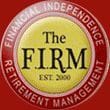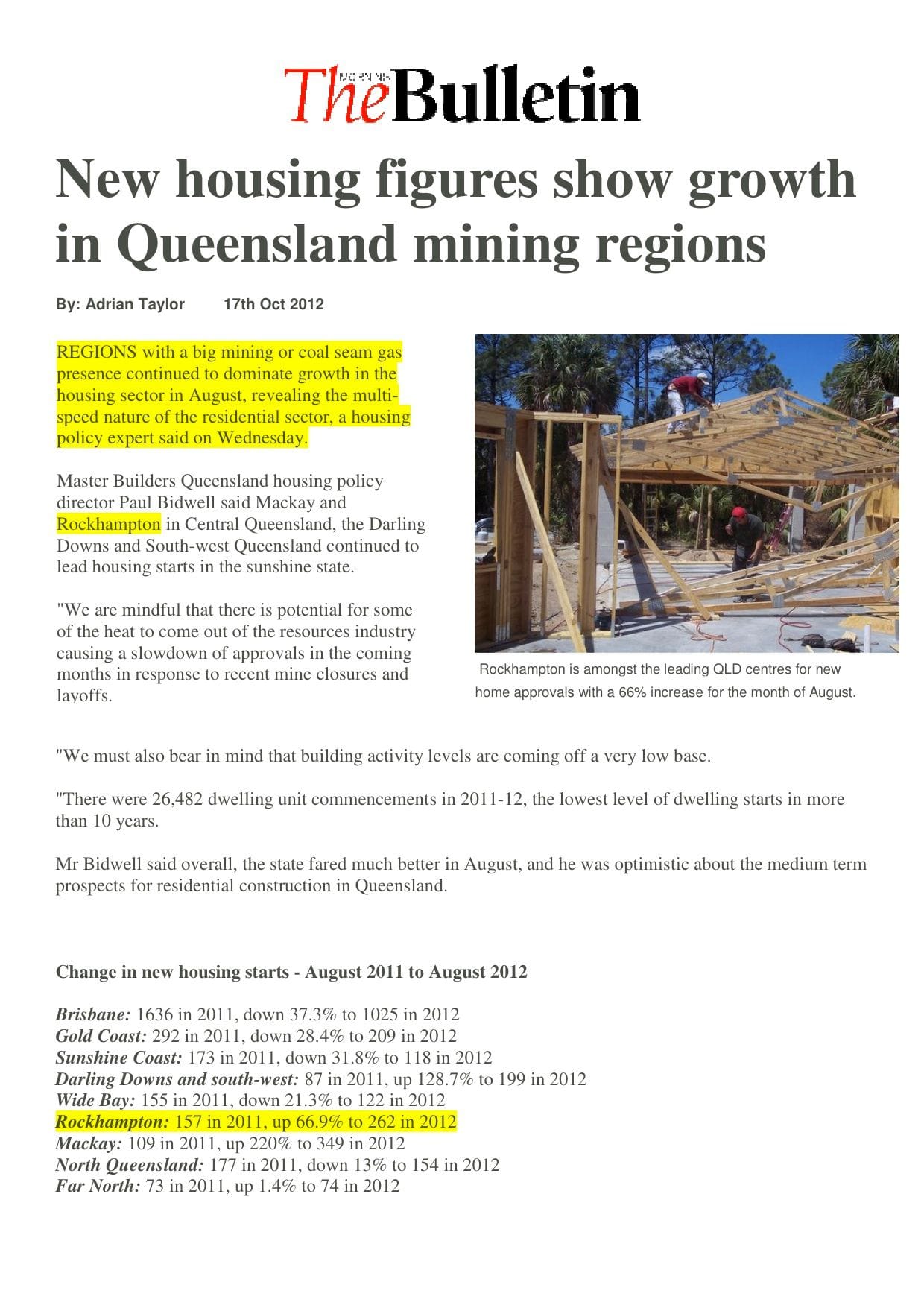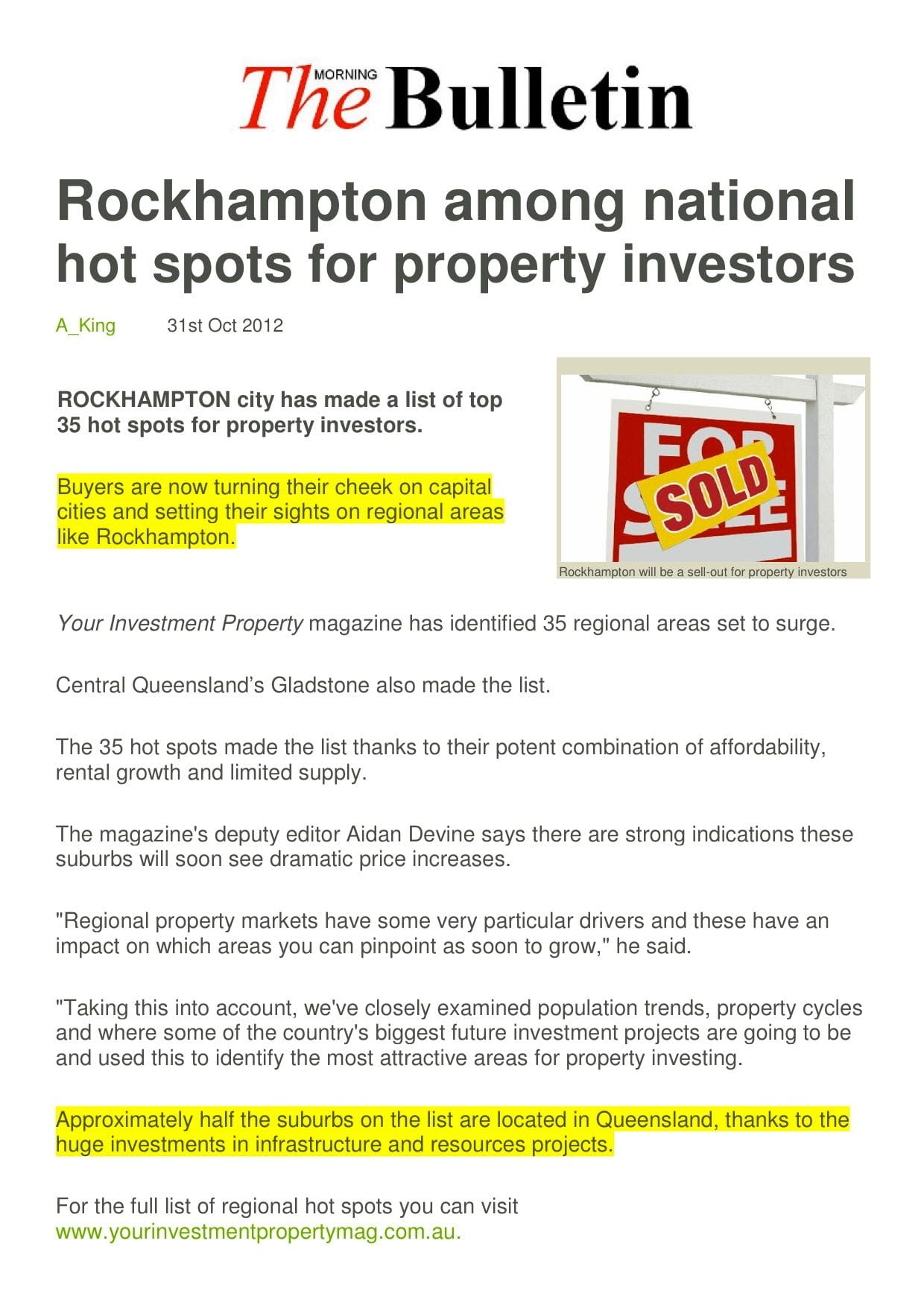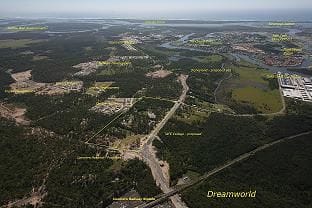May 2012
Share Investors turn towards property
Investors in the Share market are turning to property , due to increasing instability in stocks, according to new research. More than a quarter of existing home owners are currently looking to buy either investment or holiday property, according to LJ Hooker Finance.
This result comes from after a downturn was seen in the profitability of the share market, that traditionally drew Australians into investing, said LJ Hooker Deputy Chairman L. Janusz Hooker. While Australians are typically thee highest shareholders per capita, this has begun to see a change Mr.Hooker said. However the double digit losses experienced by the share market in 2011 are driving stronger interest in property investment. Data shows that over a 10 year period property investments yield higher after tax returns than shares.
The survey was conducted by Galaxy Research and involved 1017 participants aged 18 to 64 who are currently active in the property market.
What are your thoughts?
Statement by Glenn Stevens, Governor: Monetary Policy Decision May 1st
At its meeting today, the Board decided to lower the cash rate by 50 basis points to 3.75 per cent, effective 2 May 2012. This decision is based on information received over the past few months that suggests that economic conditions have been somewhat weaker than expected, while inflation has moderated.
Growth in the world economy slowed in the second half of 2011, and is likely to continue at a below-trend pace this year. A deep downturn is not occurring at this stage, however, and in fact some forecasters have recently revised upwards their global growth outlook. Growth in China has moderated, as was intended, and is likely to remain at a more measured and sustainable pace in the future. Conditions in other parts of Asia softened in 2011, partly due to natural disasters, but have recently shown some tentative signs of improving. Among the major countries, conditions in Europe remain very difficult, while the United States continues to grow at a moderate pace. Commodity prices have been little changed, at levels below recent peaks but which are nonetheless still quite high. Australia's terms of trade similarly peaked about six months ago, though they too remain high.
Financial market sentiment has generally improved this year, and capital markets are supplying funding to corporations and well-rated banks. At the margin, wholesale funding costs have declined over recent months, though they remain higher, relative to benchmark rates, than in mid 2011. Market sentiment remains skittish, however, and the tasks of putting European banks and sovereigns onto a sound footing for the longer term, and of improving Europe's growth prospects, remain large. Hence Europe will remain a potential source of adverse shocks for some time yet.
In Australia, output growth was somewhat below trend over the past year, notwithstanding that growth in domestic demand ran at its fastest pace for four years. Output growth was affected in part by temporary factors, but also by the persistently high exchange rate. Considerable structural change is also occurring in the economy. Labour market conditions softened during 2011, though the rate of unemployment has so far remained little changed at a low level.
Recent data for inflation show that after a pick up in the first half of last year, underlying inflation has declined again, and was a little over 2 per cent over the latest four quarters. CPI inflation has also declined, from about 3½ per cent to a little over 1½ per cent at the latest reading, as the weather-driven rises in food prices in the first half of last year have, as expected, now been fully reversed. Over the coming one to two years, and abstracting from the effects of the carbon price, inflation will probably be lower than earlier expected, but still in the 2–3 per cent range.
As a result of changes to monetary policy late last year, interest rates for borrowers have been close to their medium-term averages over recent months, albeit tending to increase a little as lenders passed on the higher costs of funding their books. Credit growth remains modest overall. Housing prices have shown some signs of stabilising recently, after having declined for most of 2011, but generally the housing market remains subdued. The exchange rate remains high even though the terms of trade have declined somewhat.
Since it last changed the cash rate in December, the Board has maintained the view that the setting of policy was appropriate for the time being, but that the inflation outlook would provide scope for easier monetary policy, if needed, to support demand. The accretion of evidence over recent months suggests that it is now appropriate for a further step in that direction.
In considering the appropriate size of adjustment to the cash rate at today's meeting, the Board judged it desirable that financial conditions now be easier than those which had prevailed in December. A reduction of 50 basis points in the cash rate was, in this instance, therefore judged to be necessary in order to deliver the appropriate level of borrowing rates.
Source: Smart Property Invest 02 May 2012
March/April 2012
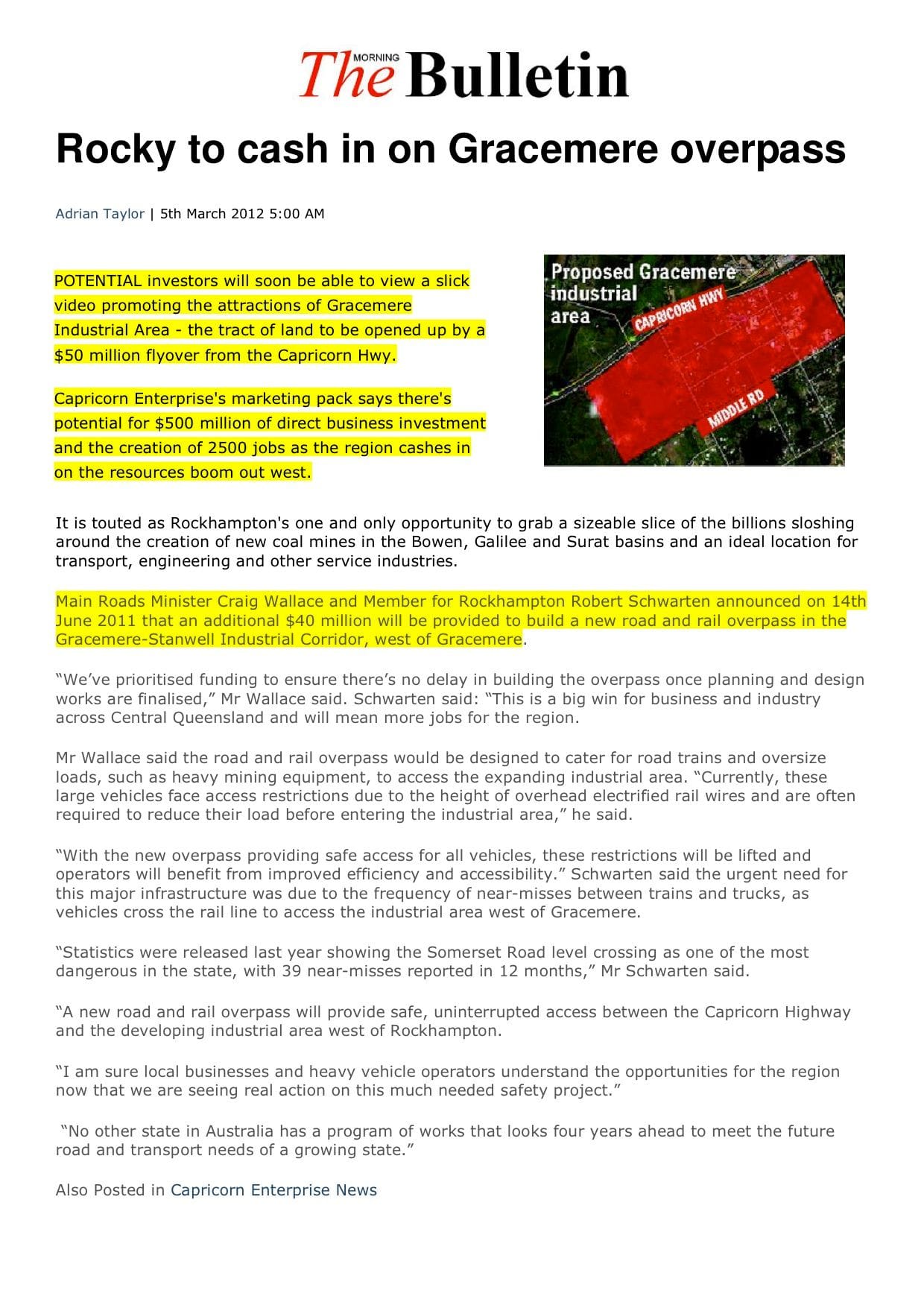
"The Two Speed Economy"

Rest of the Economy MINING Industry
Good afternoon everyone,
Looking forward to meet the balance of all the members for Canberra before Easter weekend. Who knows I could be knocking on your door, so stay tuned as I continue my “Tour of Duty” somewhere around Australia.
The next economic boom could be here soon as 2014 according to one chief economist, recently addressing a business leaders’ luncheon in Brisbane.
Some of Queensland’s top ASX company CEO’s were in attendance as BIS Shrapnel economist Frank Gelber predicted growth in ailing sectors including property and retail.
“Two years from September will be absolutely bloody booming” says Gelber.
“A lot of people are employed through the mining sector including software suppliers and business services firms that are still not getting enough work, however in the next few years they will be running ragged.”
“Invest in Queensland property will be the primary driver of growth and go off the scale. House prices are set to rise 20% in the next 3 years. Hang onto your hats, it will be a wild ride.” Businesses should not expect to cope with the upturn by simply working staff harder.
“There was zero growth in employment during the past year. We can use existing workers for a while, but eventually companies will need to hire more people” he says.
The Reserve Bank of Australia predicts staff capacity constraint issues will arise in 2 years from now. We will have to move away from cost-cutting and maximizing savings to cater for growth.
So, now we can see that our 2 speed economy is clearly defined between the Mining sector and the rest of Australia. As we are all aware there are 3 major States of Australia that are the highest producers in the Mining sector.
Western Australia - South Australia - Queensland
Western Australia – as you are aware I have just recently returned from Western Australia. Karratha has reached capacity dominating the boom with homes in the region now over $1ml for a standard new 3 or 4 bedroom Home with rentals over $2,000 per week. I am amazed that some investors continue to buy in this area. For all those earlier members who invested 5 and 6 years ago for $350,000 are all celebrating now. Congratulations!!!!
South Australia – is just getting into establishing the earlier stages of major infrastructure in the area however still too early to consider at the moment, we are anticipating over the next 12 to 18 months before any serious returns will begin to flourish.
Queensland – on the other hand has come of age with massive infrastructures already completed with an additional $82ml earmarked in the upcoming Budget. Specific Mining regions within strategic areas have already peaked in prices.
Look what happened when we invested in the 76 House and Land Packages in Emerald! We purchased on Bank Valuations averages at $400K to $412K and settled the last property in June 2010. Rentals were $450 per week. As you are all aware we have periodical valuations 12 months later showing around $28K to $32K increases in equity when the rest of Australia flat lined.
The rental escalated out of control within 12 months to a staggering $600 per week. We cannot continue to invest in this region as it is too expensive now. Similar areas that we invested in over the past couple of years were Gladstone and Mackay. They too have got out of control with an average $100K equity over the past 12 months, again CONGRATULATIONS to all those members.
"Are we in Top Gear or Reverse Gear?"

Future Cost for Retirement
Good morning fellow members,
RISING life expectances and the increase in living expenses means many Australians who retire in the next 30 years are going to be doing it tough. Lucky for us (members) who realized this ordeal in the past and did something about it … OR DID YOU?
Far too many Baby Boomers have ignored the thrifty habits of their Depression-scarred parents and are in for a mighty shock when their employment incomes stops and they have to go on the pension plus whatever their employer has contributed to superannuation.
If you sit down for a moment to work out how much money you had spent over the Christmas period per week, not including your mortgage, then multiply that figure by how many years you are going to live through retirement and you will come up with a staggering figure of money that you need to survive. Deduct your Superannuation and you will have a shortfall of funds that you will need to continue the same lifestyle as you are currently accustomed to … DO YOU HAVE A PLAN IN PLACE??? … SCAIRY STUFF!!!! …
There are a multitude of solutions. Contact me on 0414 888 186 for a FREE Financial Tune-up through our trusted Financial Planners.
One way out is to SELL the family home and rent, another is to REVERSE MORTGAGE – a loan where there is no obligation to make any repayments of principal or interest. The Debt will probably double every 9 to 10 years. Reverse mortgages tend to be misunderstood, but according to Noel Whittaker, co-founder Whittaker Macnaught Financial Planners always believed that they are a great tool in the right circumstances. They enable old retirees to get enough cash to replace the car, go on a world trip and attend to home maintenance while staying in their own home. This is what our family have been advised for my Mum to do now my Dad had passed away.
A Reverse Mortgage enables parents to effectively spend part of their Estate before they die.
The best advice for their children may be to help from their own resources – buying the home at fair market price, giving the parent life occupancy or, at least paying the interest on the Reverse Mortgage. This would stop the debt rising and reduce the effect of rates rising.
Thank goodness we added to our structure to EXPAND our Property portfolio so we could supplement our income during retirement, we don’t have to worry about the rising cost of living like my 80 year old Mum.
Please note that these comments are of a general nature and members should seek their own professional advice before making any financial decisions.
WESTFIELD secures Coomera Town Centre
Good morning fellow members,
Welcome to 2012 as this is our first Newsletter for the New Year. Also welcome to all the new members I met over the Christmas New Year period. We now stand at 8,853 members.
Thank goodness 2011 is behind us now as it was certainly a tragic year for many, including myself. This year my schedule includes catching up with last year’s goals. Let’s hope my prayers from New Years Eve pays off where I have a fat Bank Account and a thin body unlike the reverse of last year …Ha-ha!!!
WESTFIELD has secured a massive discount on infrastructure charges for the proposed Coomera Town Centre, clearing the biggest hurdle to the $400 million project in recent years. But while Council has put Westfield on notice to start construction within 12 months of approval, local business owners and residents -- let down by countless false starts for the project over the past 20 years -- are finding it hard to get excited.
The Coomera Chamber of Commerce has slammed the continued secrecy from the council, state government and Westfield over progress on the town centre, delays of which have stymied development on the eastern side of the M1.Chamber president Lionel Barden said it could be five to eight years before a single shop opened in the development which will be a catalyst for a major new CBD for the Gold Coast. "We can't even draw an opinion (on the centre) at this stage because we don't know what's going on," he said. The town centre has stalled in recent years after Westfield was stung with a reported $140 million in infrastructure charges.
Goldcoast.com.au can reveal that Westfield and the city council came to agreement last November on significantly lower charges, which are understood to be well below $100 million.
A relaxation of state government fees last year is understood to have whittled proposed charges to around $40 million. The final figure has not been disclosed and a council spokesman said it would ultimately depend on the approved master plans, of which the first of four has been lodged. A start date is still some time away, although a council spokesman said it "wants to see the project up and running as soon as possible because of the obvious benefits it will have for the Coomera region".
The town centre is being developed by Westfield in partnership with the government-owned QIC on a 35ha site adjacent to the railway station on Foxwell Road next door to FIRMWOOD Estate. Westfield declined to comment on the infrastructure charges or an estimated start date.
